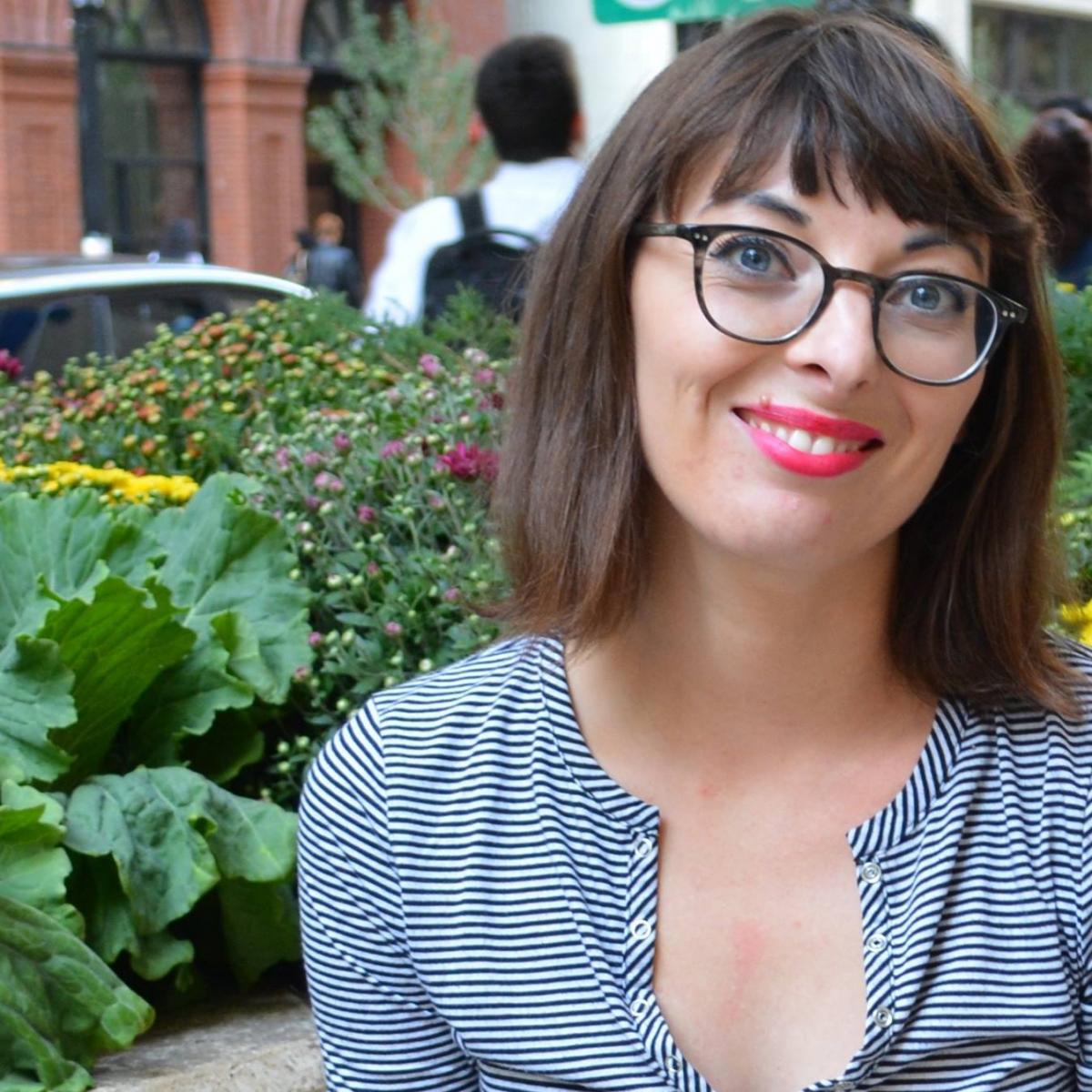
I am writing this for white-identifying nonprofit board members, directors, project managers, or funders. I hope these activists will also find it important to candidly talk about community based programs addressing food, housing, environmental health, public and mental health, or racial equity and two problems, that as a white cis woman, I hear and discuss regularly:
- A majority of funding for nonprofit work is held and distributed according to the interests of those benefiting from systems of white supremacy and income inequality.
- Nonprofit marketing and communications, even with the “best intentions” may tokenize people outside of a white identity in order to appear diverse and equitable while failing to retain a diverse organization.
I often see a majority of similarly white faces at conferences and industry events, regardless of socioeconomic upbringings or status and it’s becoming more common that these problems are spoken aloud, though not enough. I hear repeatedly how these discussions move back to organizations where advocating for equity is met with resistance. I want to openly share my own experience, recognizing my perspective is that of of a person still learning how to fight white supremacy. I hope this reflection is useful in highlighting the power nonprofit staff have to leverage change in their organizations.
In every meeting where nonprofit staff or funders gather, I hear the same “but how do I change it” question. I recognize that it can feel shameful to confess to a room of strangers that your organization is whitewashed and you feel lost as to how to incite change. Others in the room recognize this too and often a very purposeful breakout session or roundtable can dig into suggestions from these colleagues in the room.
This is an important step but time consuming so I have some quick responses I have heard and use so frequently I can’t credit their original creators:
- Pep Talk: It’s okay to be embarrassed. There’s growth in acknowledging systems of oppression and your whiteness does not automatically make you the bad guy. It’s easy to surround yourself with socially aware friends and colleagues who can dish out friendly discussion, but recognize that they might not challenge you. By reexamining my own experiences within systems that benefit my race, I find that the comfortability of these circles can be dangerous. These circles mean you spend energy treading water instead of swimming to shore. Admitting systems have benefitted you and how you want to change them, while being open to all feedback is where the real swimming happens.
- Real Talk: Asking a group or person already marginalized by policies, systems, and history to explain how to be more inclusive, or expecting them to speak on behalf of their entire culture, is inappropriate and oppressive. Don’t immediately find the first (or thereafter) person of color and expect them to “fix” you or your organization.
- Pep Talk: There are still ways to do this without tokenizing or oppressing, but it may require more time and effort. Find consultants, translators, or contracted partner organizations and build them into future grant proposals and partnerships in culturally appropriate ways. Do this for not just programming, but also strategic planning or staff training budgets. This will take time and humility as you ask for funding or approach partners and acknowledge the lack of equity in your organization openly.
- Real Talk: Value time and input. Compensate participants for their work and time fairly and give them freedom to adapt programming styles, locations, times, and outreach to be culturally and logistically relevant. Cite and credit owners of content and resources your organization uses in print, online, presentations, etc. Recognize and set aside your opinions and biases from the equation and allow participants and feedback to go against your own perspective or experience.
- Repeat. Follow up on findings and follow through regularly. Find resources to continue the work and sponsor the new stakeholders and partners you meet along the way so they replace white people within your organization. (For deeper examination of this issue as it deals with staffing, I recommend the following report: The Voice Of Nonprofit Talent.)
Overall, to paraphrase a CEO talking about how to replicate our Neighborhood Integration Initiative project to other business leaders, get representatives working within the community together “and then shut up” while they talk about solutions the community needs and which you have resources to execute.
I’m continually learning how authentic, diverse, and meaningful representation along the chain of our organizations and programming is happening from people who do it for the community they work within. I continue to make mistakes and feel embarrassed but the programming and work benefits from these exchanges. Awkwardness is still a privilege that we have as people benefitting from white supremacy and I hope you can awkwardly fight systems of oppression with me.
Many of the resources linked in this post come from a compendium collected from Pollen Midwest. Please support their work and view other resources here.
Beyond the resources provided by Food Solutions New England, I found this site worthy of sharing.
 Kim Werst currently manages a shared kitchen for small food businesses, and researches value added products for the Latino Economic Development Center and their farm partners in Saint Paul, Minnesota. She assists tenants with preparation for licensing and navigating the challenges of a start up business and consults community based food projects working on the East Side of Saint Paul. In 2011 she began to eat locally year round at home and currently teaches community cooking classes on budget cooking, food preserving, and specialty topics. Previously, she worked in bike, transit, and food organizations in Chicago, most notably as a Farmers Market Manager and youth garden educator in the Logan Square and Woodlawn neighborhoods. Reflections on the span of her work in the food system can be found on her website: www.eatclosertohome.com
Kim Werst currently manages a shared kitchen for small food businesses, and researches value added products for the Latino Economic Development Center and their farm partners in Saint Paul, Minnesota. She assists tenants with preparation for licensing and navigating the challenges of a start up business and consults community based food projects working on the East Side of Saint Paul. In 2011 she began to eat locally year round at home and currently teaches community cooking classes on budget cooking, food preserving, and specialty topics. Previously, she worked in bike, transit, and food organizations in Chicago, most notably as a Farmers Market Manager and youth garden educator in the Logan Square and Woodlawn neighborhoods. Reflections on the span of her work in the food system can be found on her website: www.eatclosertohome.com




